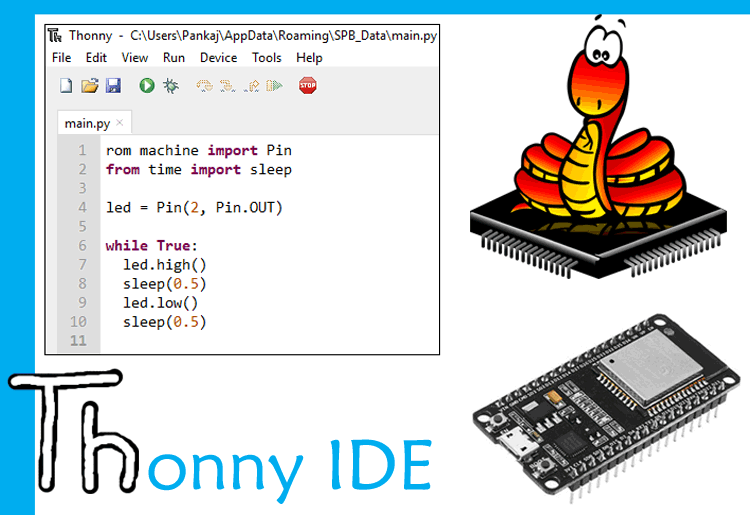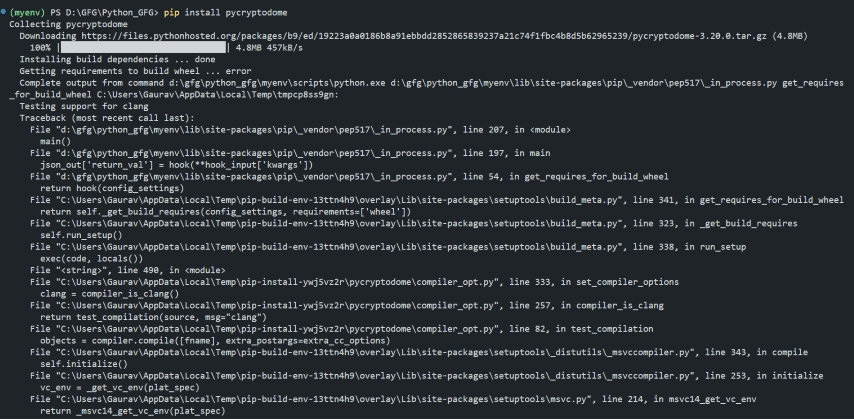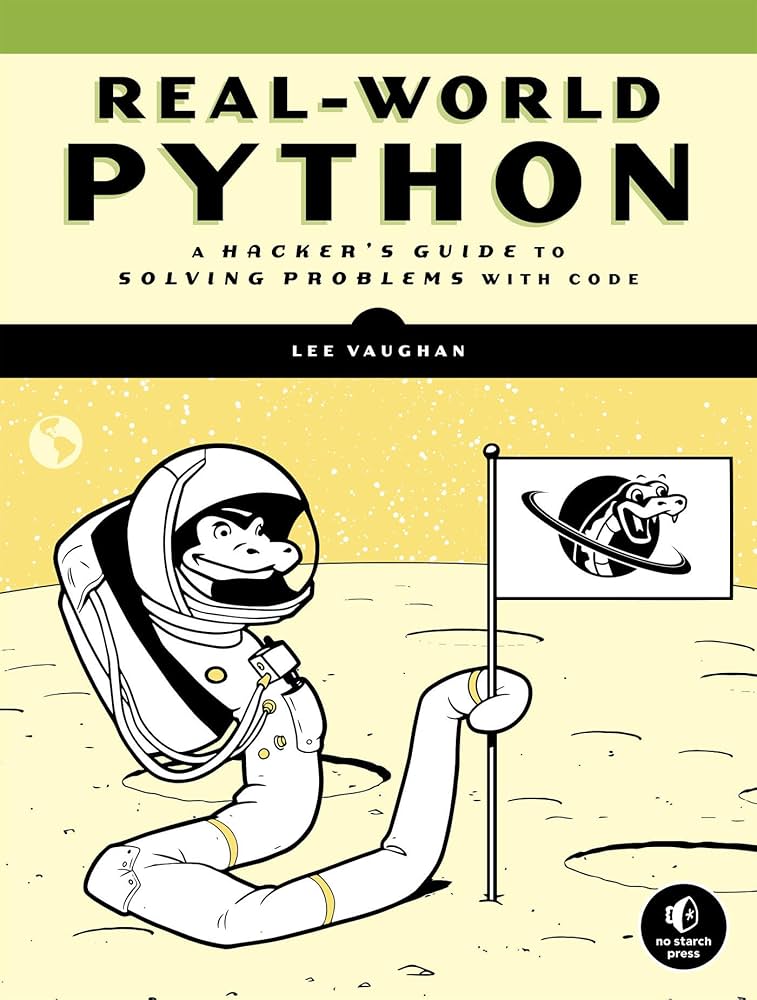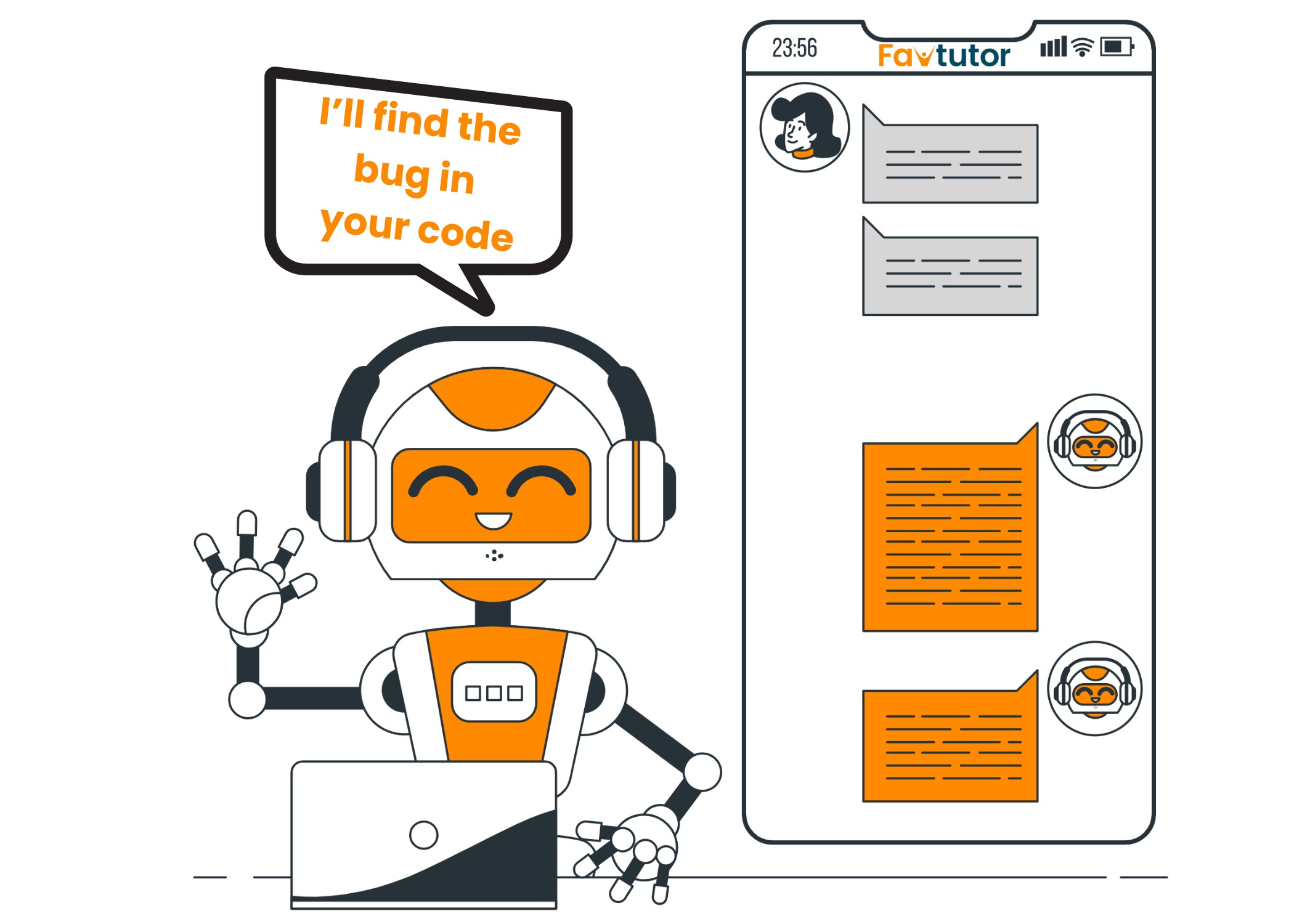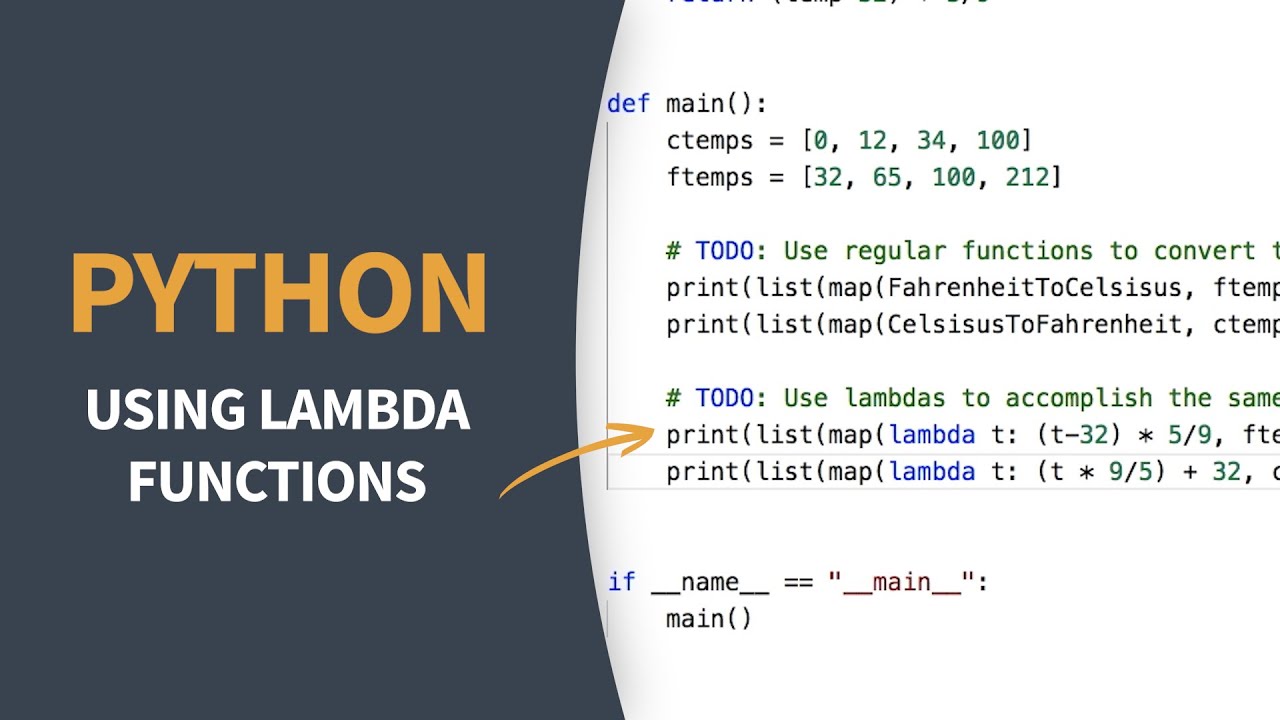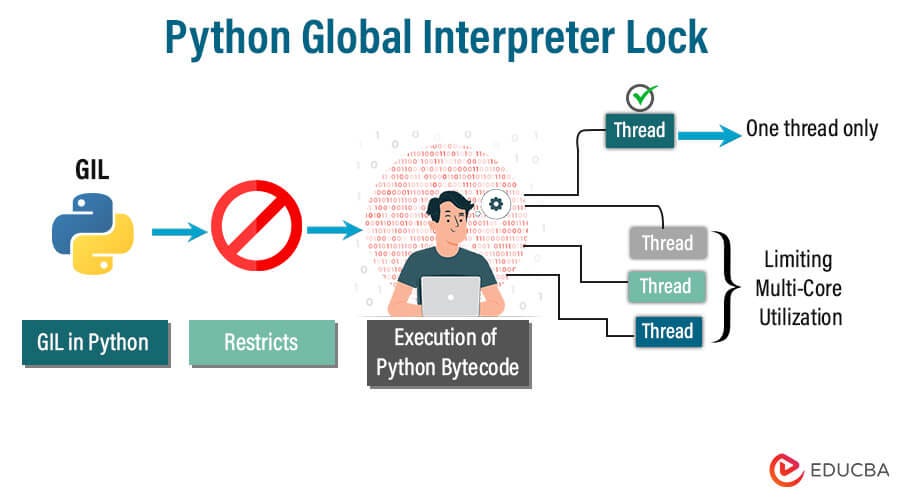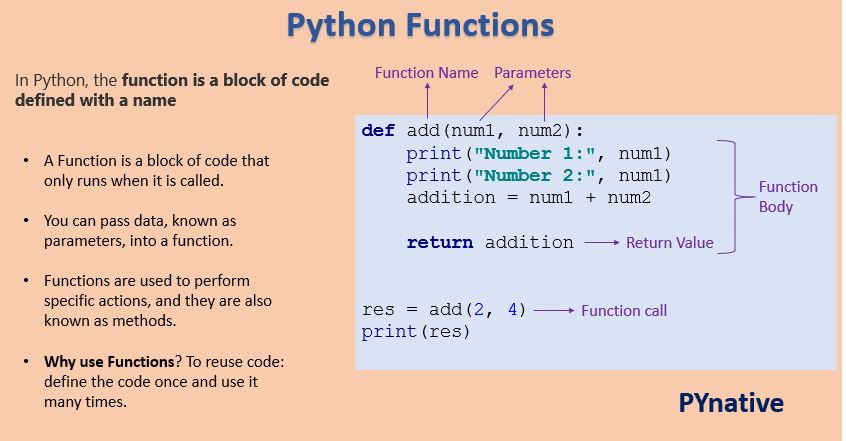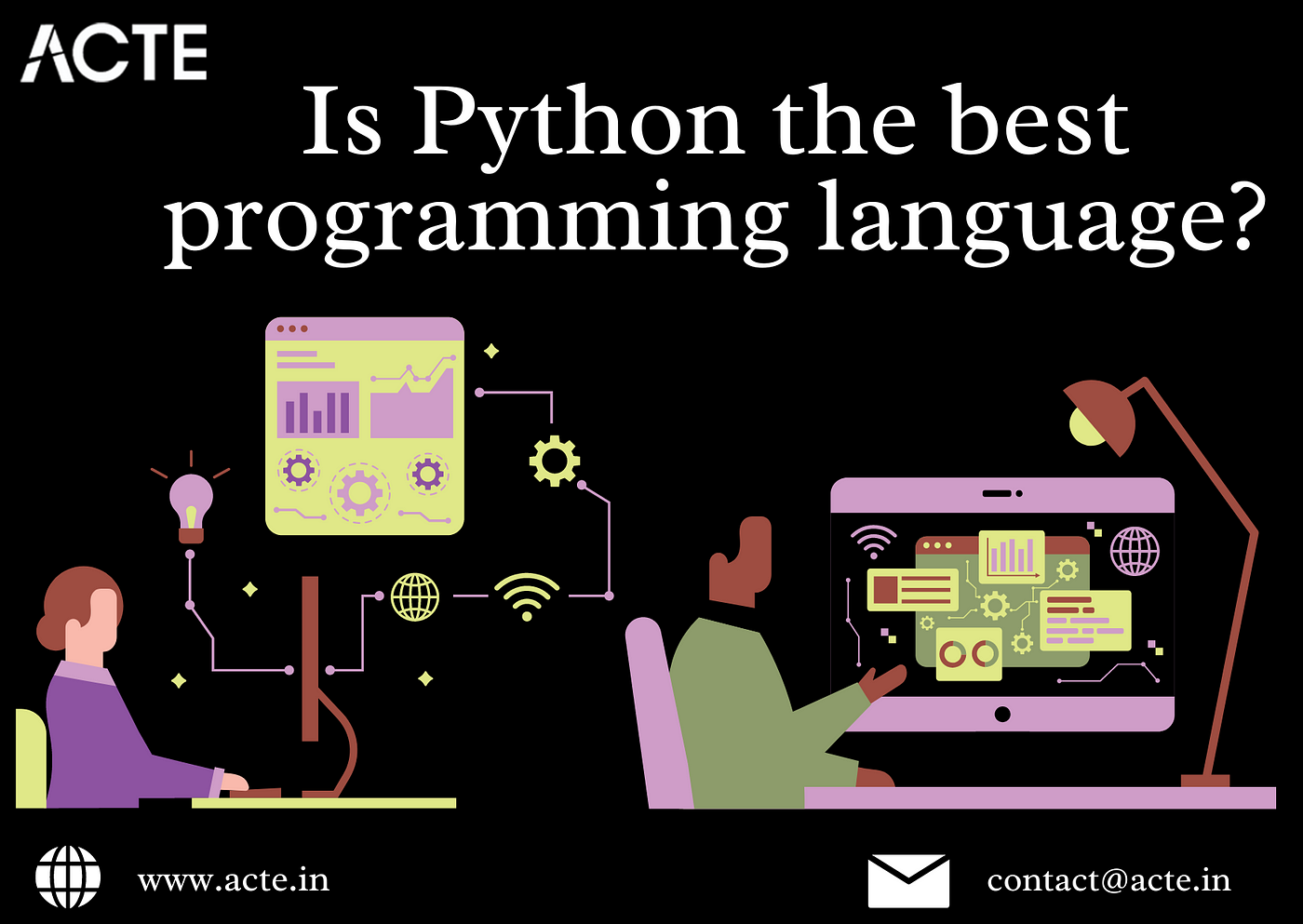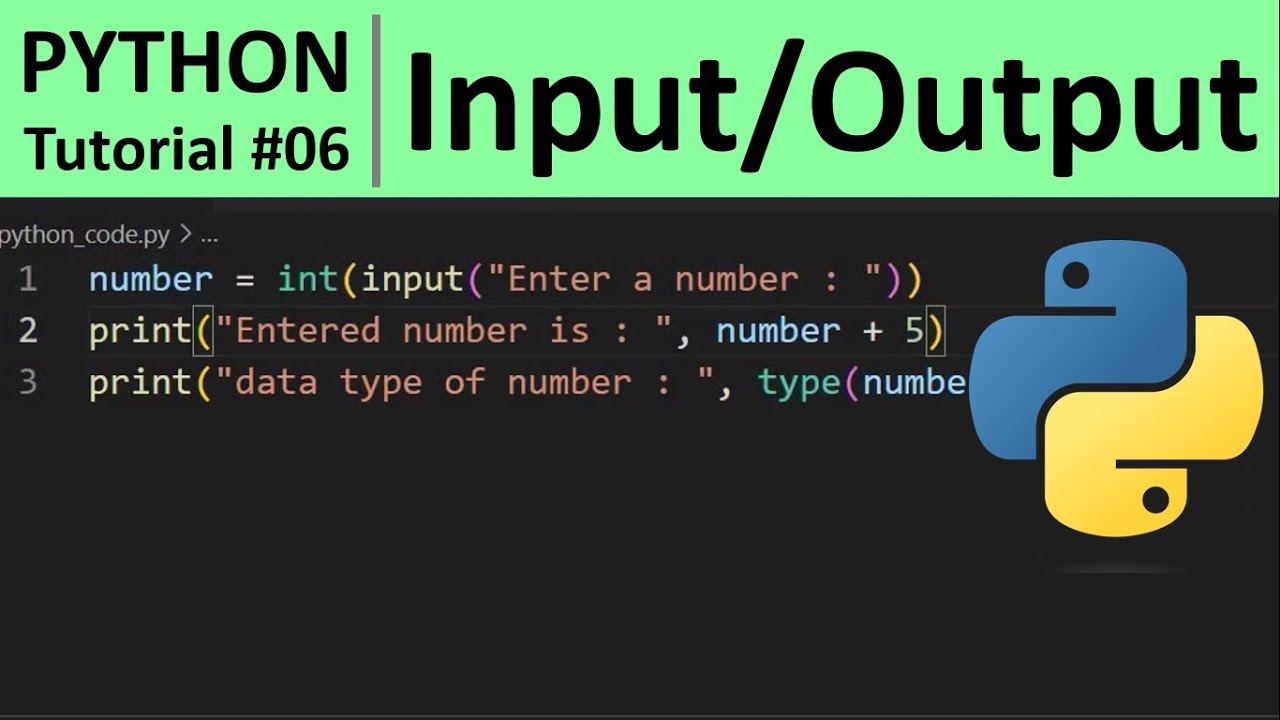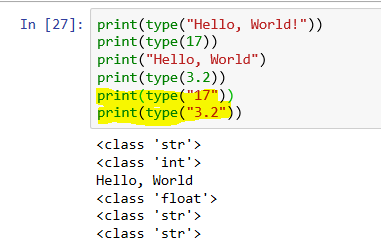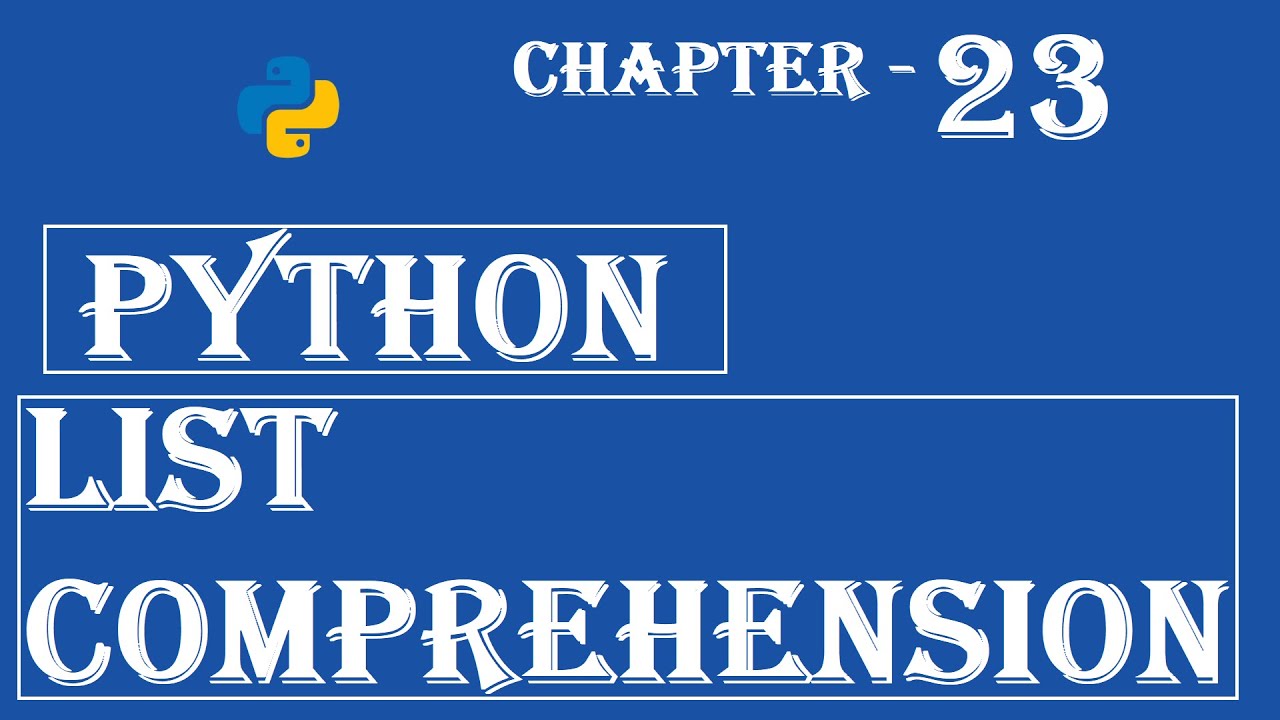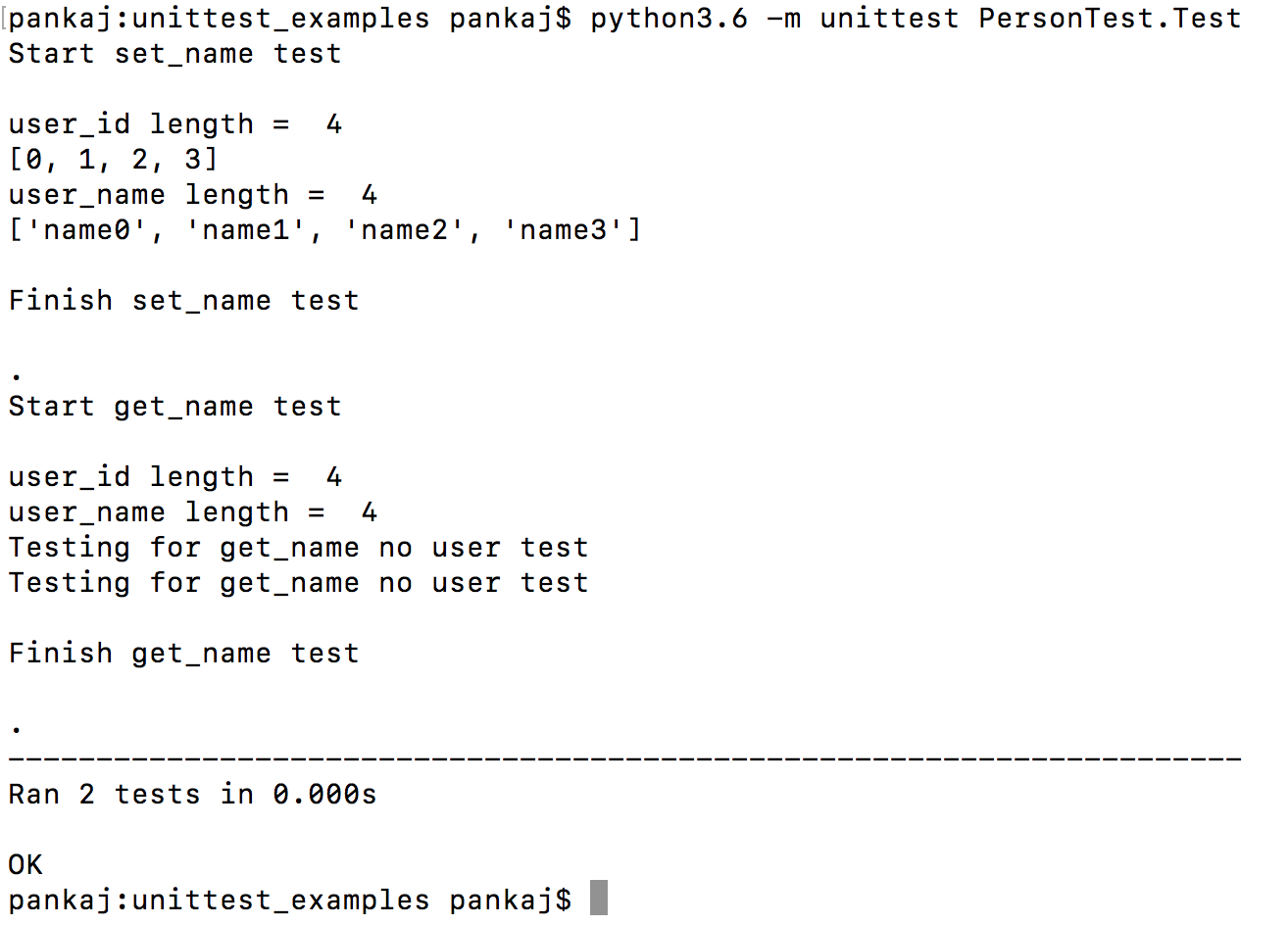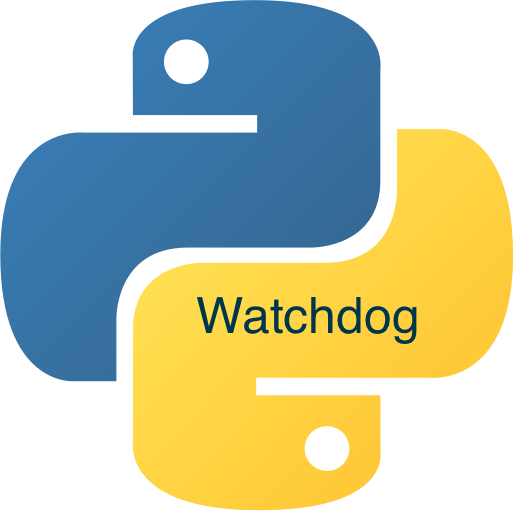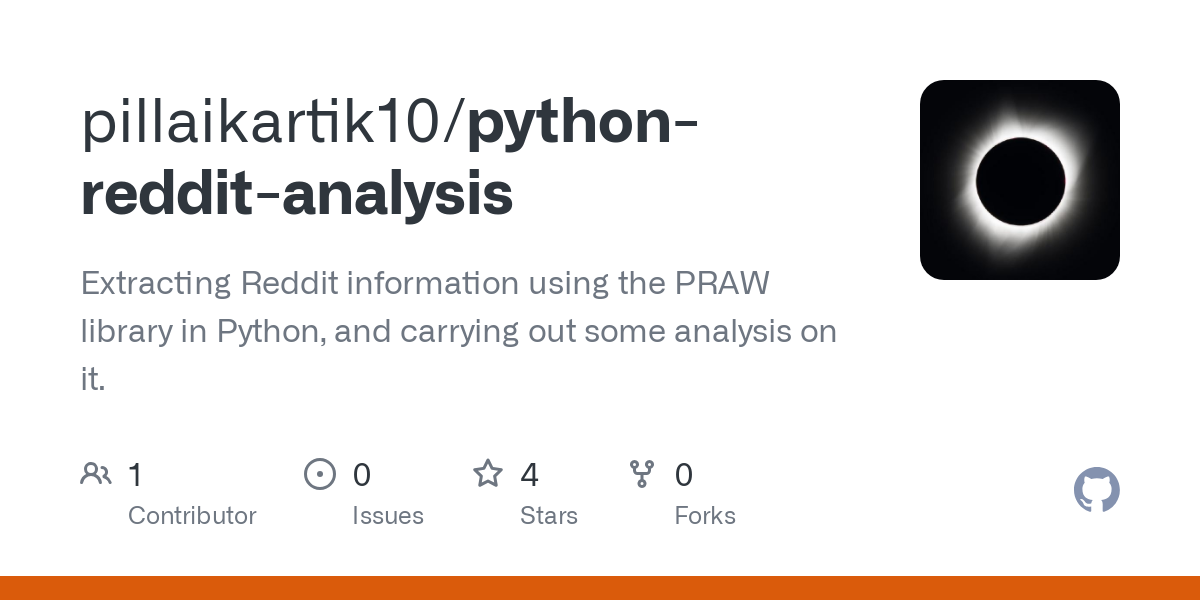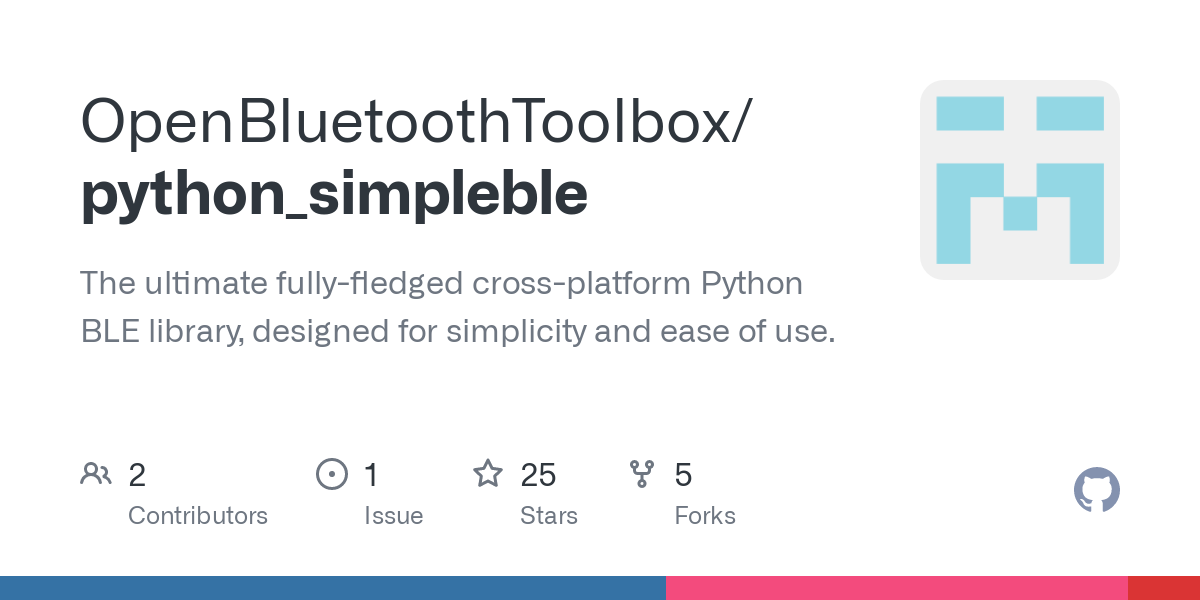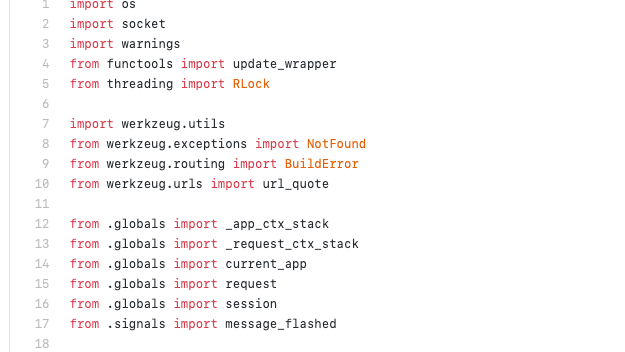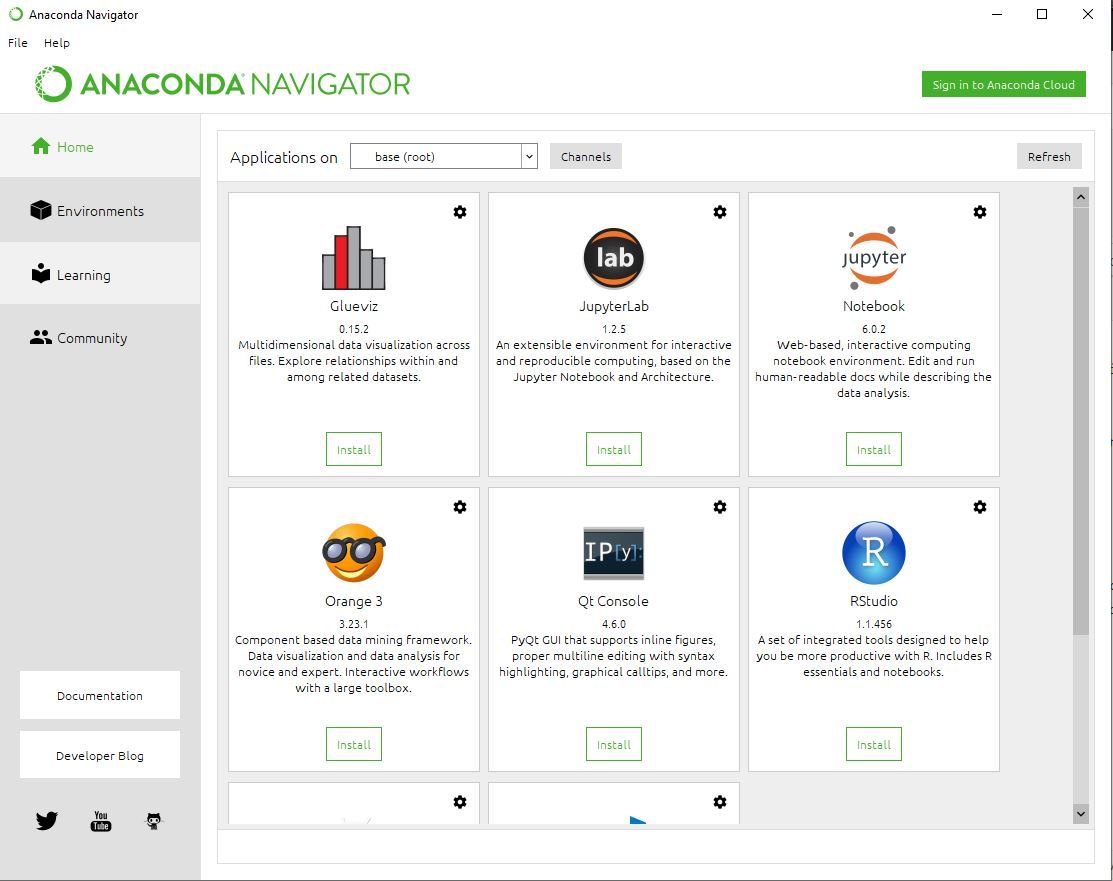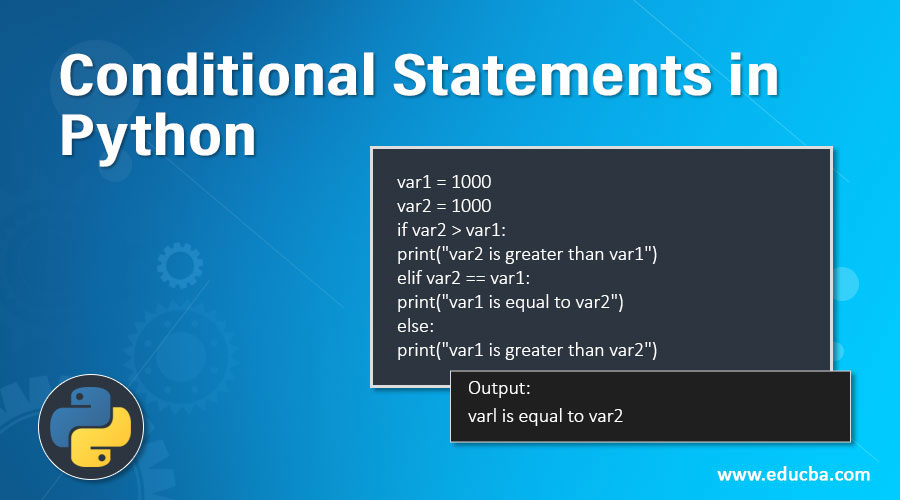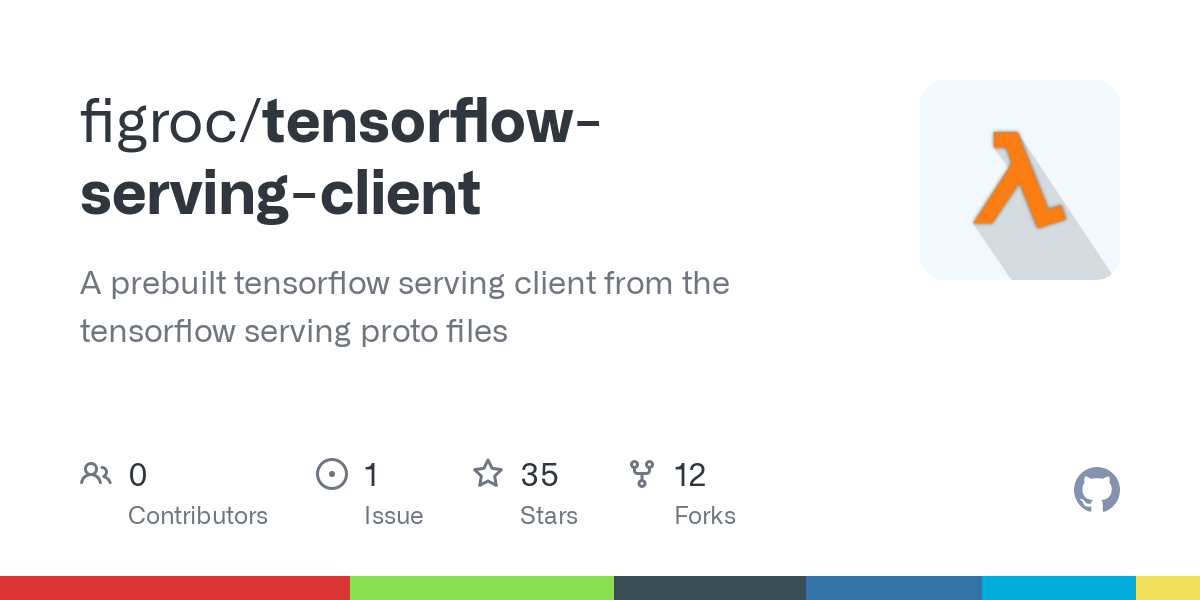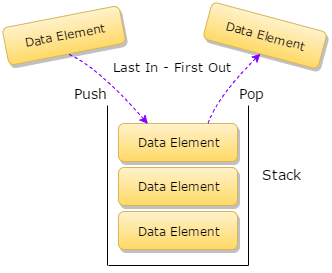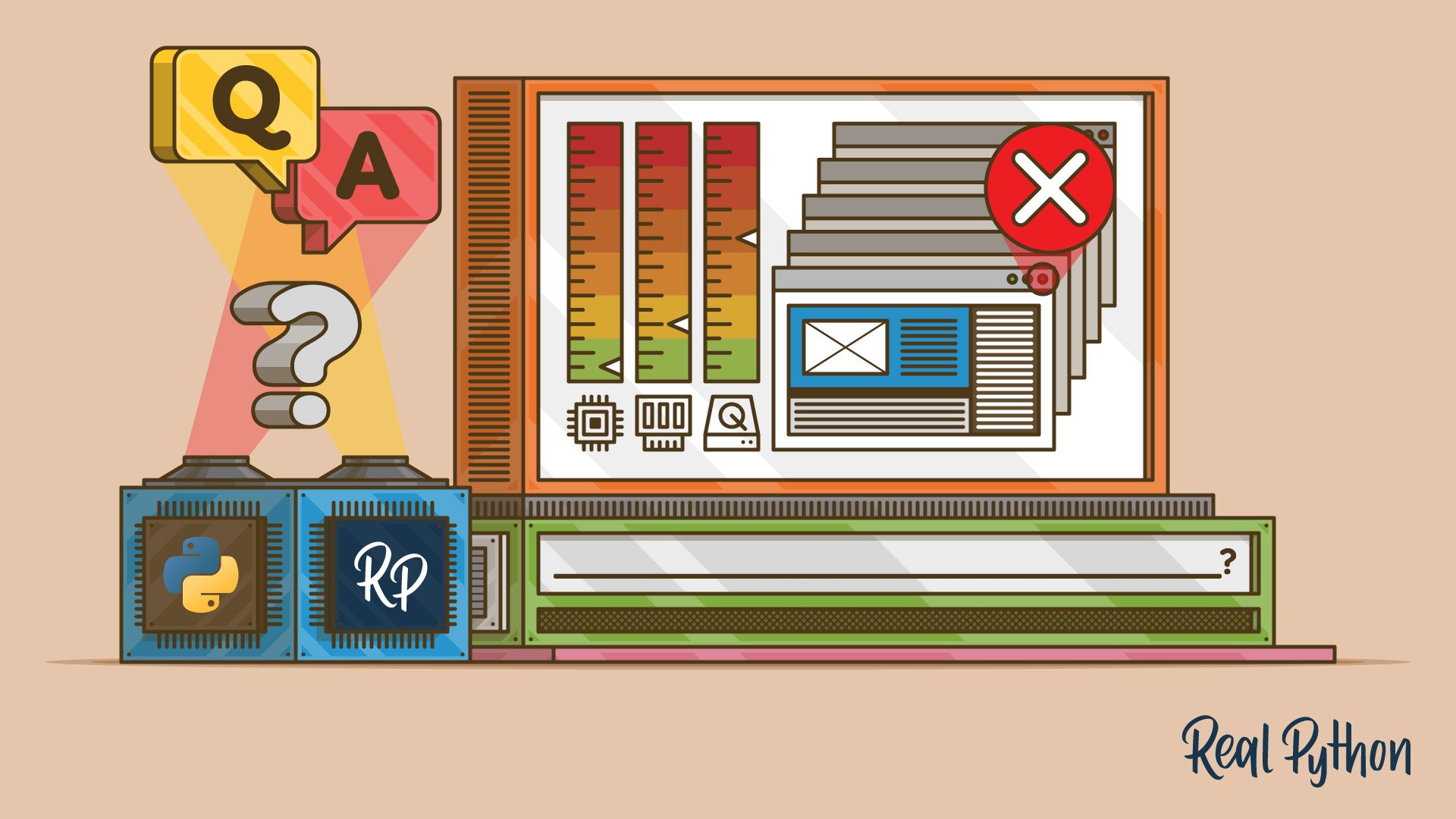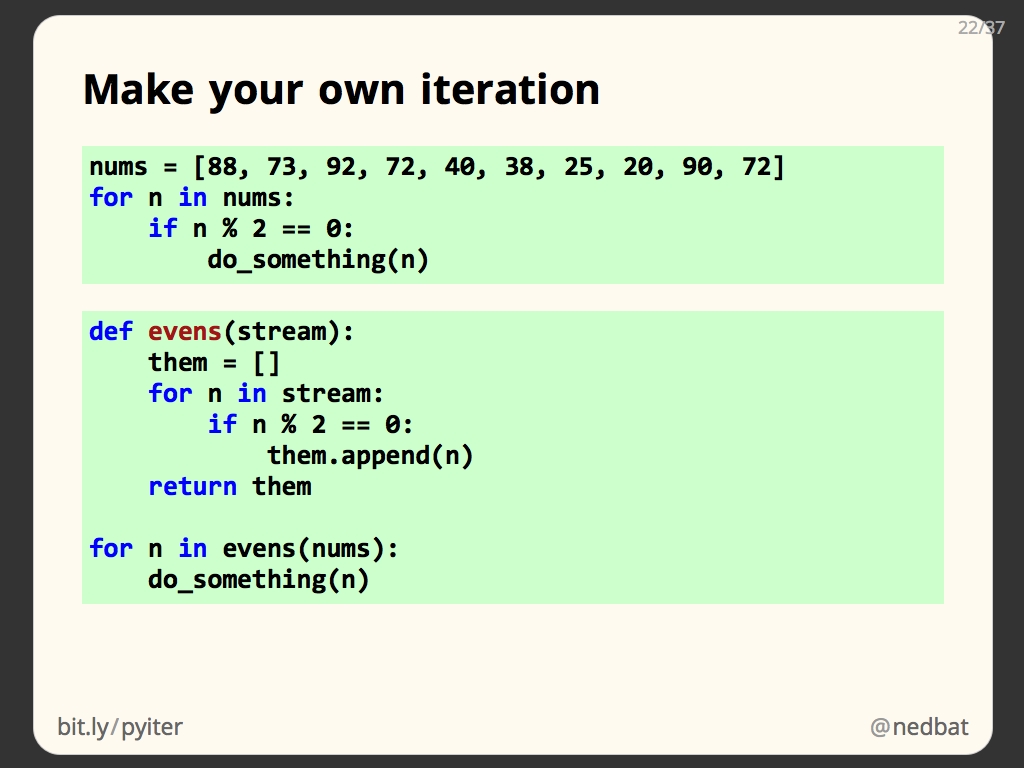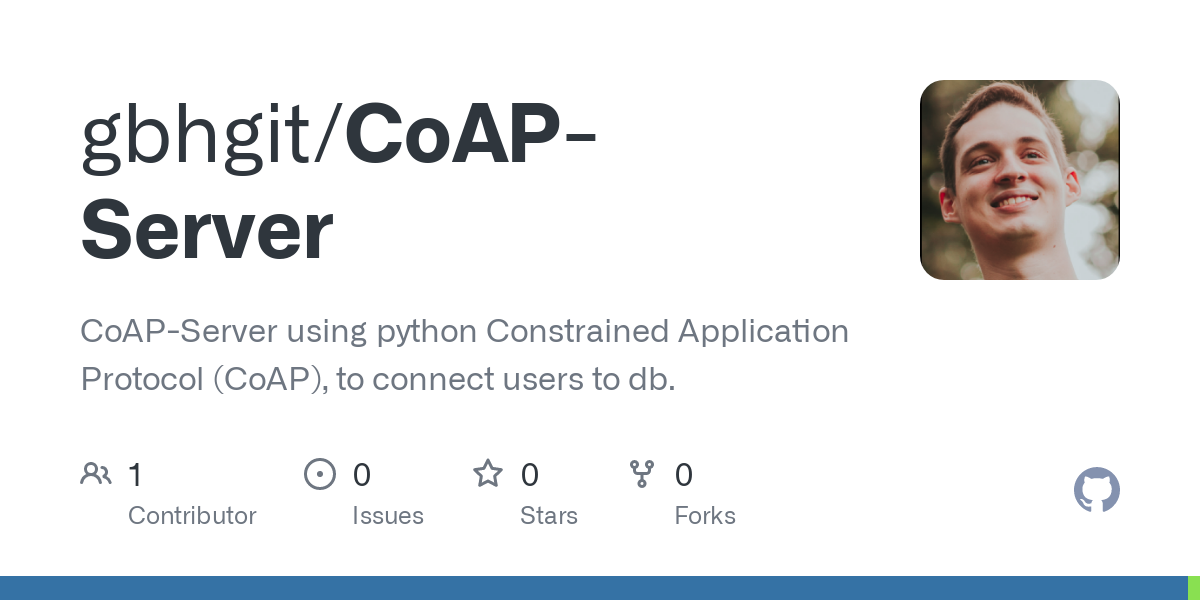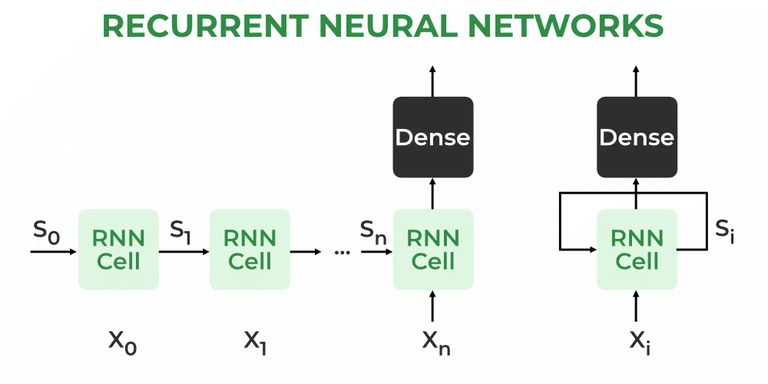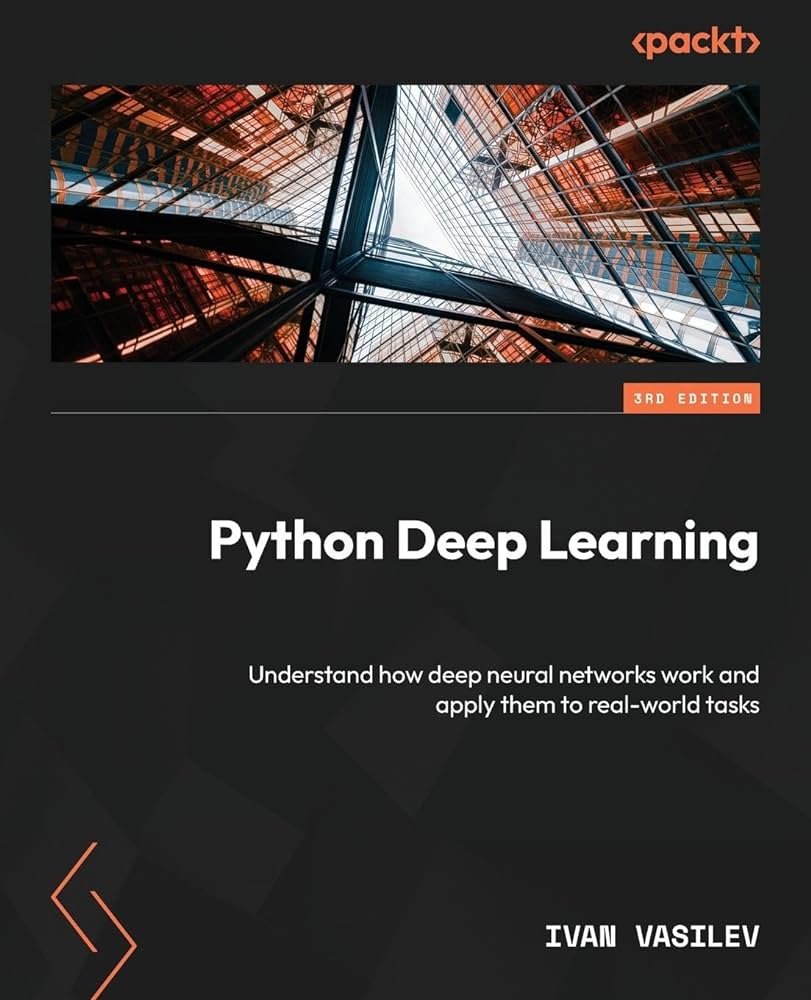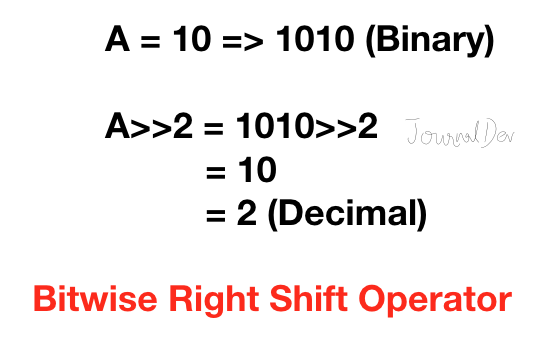How to learn basic python programming step by step
How to learn basic python programming step by step
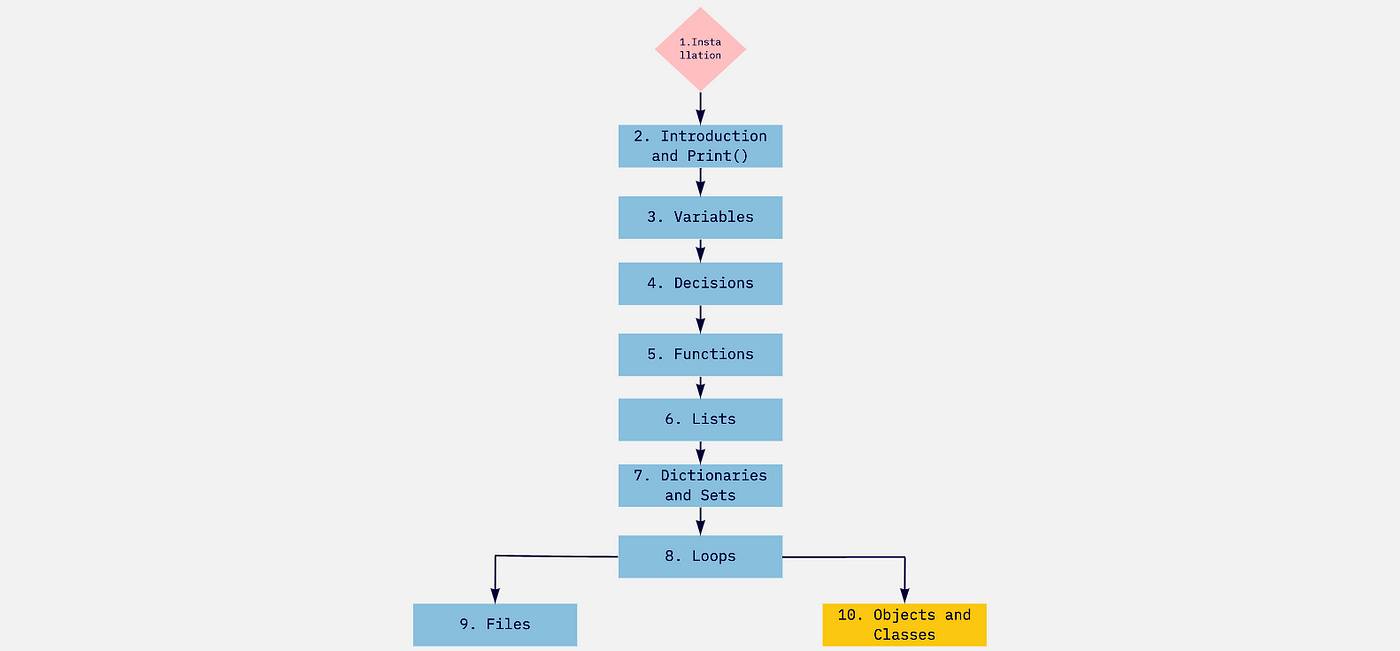
I'm happy to help! Here's a step-by-step guide on how to learn basic Python programming:
Step 1: Get Familiar with the Basics
Start by learning what Python is, its history, and its applications. You can watch introductory videos or read articles online.
Understand that Python is an interpreted language, meaning your code runs directly without compiling first. Learn about the basic syntax, such as indentation, comments, and data types (strings, integers, floats, etc.).Step 2: Set Up Your Environment
Download and install a Python distribution (such as Anaconda or PyCharm) on your computer. This will give you a comprehensive development environment.
Install a code editor or IDE (Integrated Development Environment), such as Visual Studio Code, Sublime Text, or Atom. Familiarize yourself with the editor's interface, including features like syntax highlighting, auto-completion, and debugging tools.Step 3: Learn Basic Syntax
Start by writing simple Python programs to get a feel for the language. Try the following:
Print your name using theprint() function. Ask the user for their name and print it out. Declare variables and assign values to them. Perform basic arithmetic operations (e.g., addition, subtraction, multiplication).
Step 4: Learn Data Structures
Python has several built-in data structures that are essential to learn:
Lists: Understand how to create, index, and manipulate lists (e.g.,my_list = [1, 2, 3]; print(my_list[0])). Tuples: Similar to lists, but immutable. Dictionaries: Learn about key-value pairs and dictionary methods (e.g., person = {"name": "John", "age": 30}; print(person["name"])).
Step 5: Work with Conditional Statements
Learn how to write if-else statements and loops:
If-else statements: Understand the syntax and usage for simple conditionals. Loops (for, while, and do-while): Learn how to iterate over lists, dictionaries, or integers.Step 6: Practice Problem-Solving
Practice solving problems on platforms like LeetCode, HackerRank, or CodeWars. Start with beginner-friendly challenges that focus on syntax, data structures, and basic algorithms.
Step 7: Learn Functions
Functions are reusable blocks of code that take arguments and return values. Understand:
Defining a function using thedef keyword. Passing arguments to functions (positional, keyword, or default). Returning values from functions.
Step 8: Master Modules and Packages
Python has an extensive library system called modules and packages. Learn about:
Importing built-in modules (e.g., math, statistics) and third-party libraries (e.g., NumPy, Pandas). Creating your own modules and importing them in other Python files.Step 9: Join a Community or Find Resources
Connect with the Python community by:
Joining online forums like Reddit's r/learnpython or Stack Overflow. Following Python experts and influencers on social media. Participating in coding challenges, meetups, or events.Step 10: Review and Refine
Review your progress regularly to reinforce new concepts. Practice solving problems, and gradually move on to more advanced topics. Be patient; mastering Python takes time.
Remember, the key to learning any programming language is consistent practice and a willingness to learn from your mistakes. Good luck!
How to learn basic python programming for free
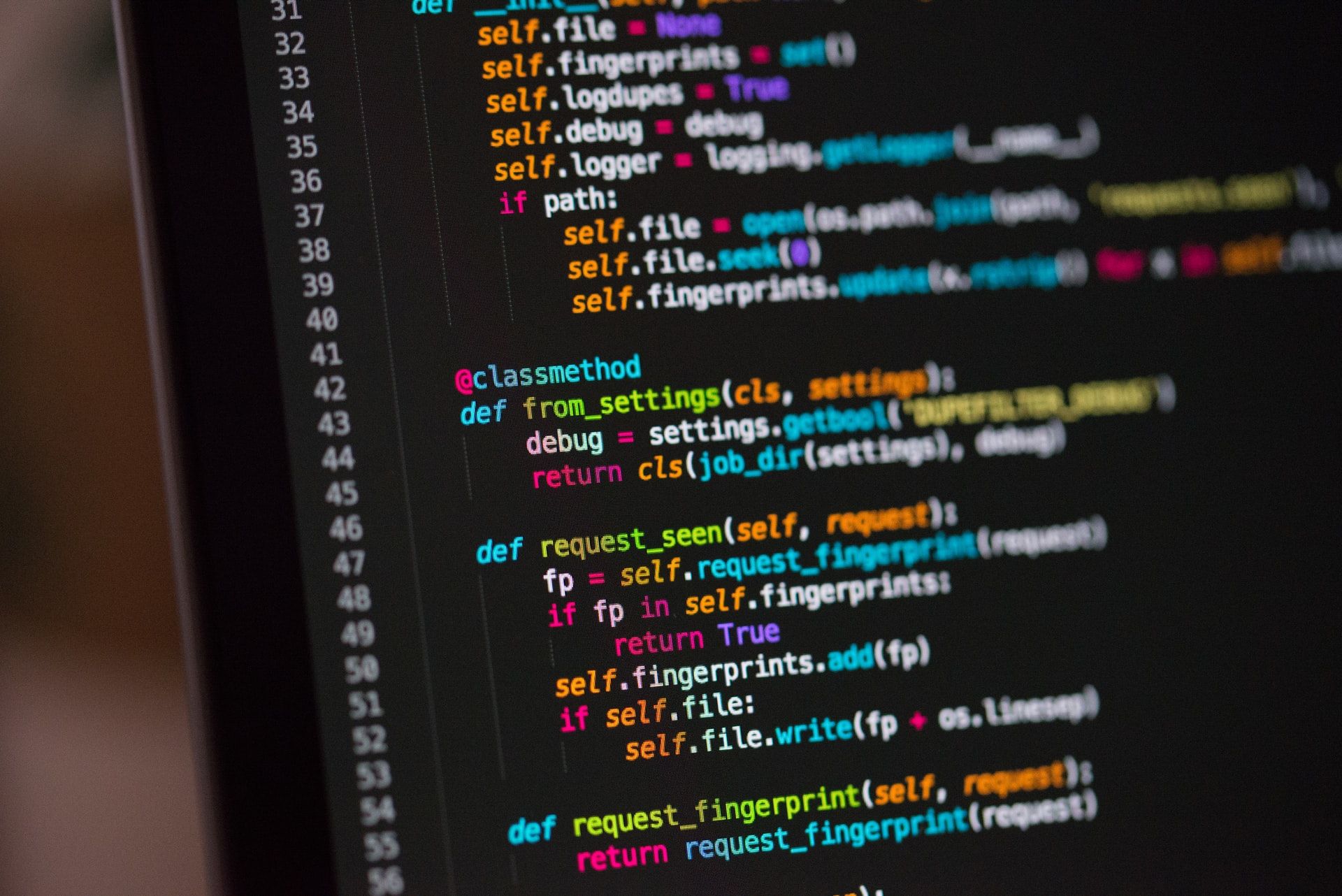
I'd be happy to help you with that! Learning Python programming can seem intimidating at first, but there are many resources available online that can guide you through the process. Here's a step-by-step guide on how to learn basic Python programming for free:
Step 1: Understand the Basics
Before diving into coding, it's essential to understand what Python is and what it's used for. Python is a high-level programming language known for its simplicity, readability, and versatility. It's widely used in various fields like web development, data analysis, artificial intelligence, and more.
Step 2: Choose the Right Resources
There are many online resources available to learn Python programming. Here are some popular ones:
Codecademy's Python Course: Codecademy offers an interactive coding environment where you can learn Python by completing exercises. Python.org: The official Python website provides a comprehensive guide on how to get started with Python, including tutorials and documentation. W3Schools' Python Tutorial: W3Schools is an excellent resource for learning web development-related programming languages like Python. Real Python: Real Python offers a free tutorial series that covers the basics of Python programming.Step 3: Start with Basic Syntax
Once you've chosen your resources, start by learning the basic syntax of Python. This includes:
Variables and data types Conditional statements (if-else) Loops (for, while, etc.) Functions Lists, tuples, dictionariesStep 4: Practice with Exercises
As you learn the basics, practice is key to improving your skills. Complete exercises and projects from the resources mentioned earlier or try solving problems on platforms like:
LeetCode: A popular platform for practicing coding challenges. HackerRank: Another excellent resource for practicing Python programming.Step 5: Join Online Communities
Connecting with other learners and experienced developers can help you stay motivated and learn faster. Join online communities like:
Reddit's r/learnpython: A community dedicated to learning Python programming. Stack Overflow: A Q&A platform where you can ask and answer questions related to Python.Step 6: Take Online Courses (Optional)
If you prefer a structured learning approach, consider taking online courses on platforms like:
Coursera: Offers a wide range of Python-related courses from top universities. Udemy: Provides affordable Python programming courses with a focus on practical applications.Conclusion
Learning basic Python programming for free requires dedication and practice. Start by understanding the basics, choosing the right resources, practicing with exercises, joining online communities, and taking online courses if needed. With persistence and patience, you can become proficient in Python programming and unlock a world of possibilities. Happy learning!
